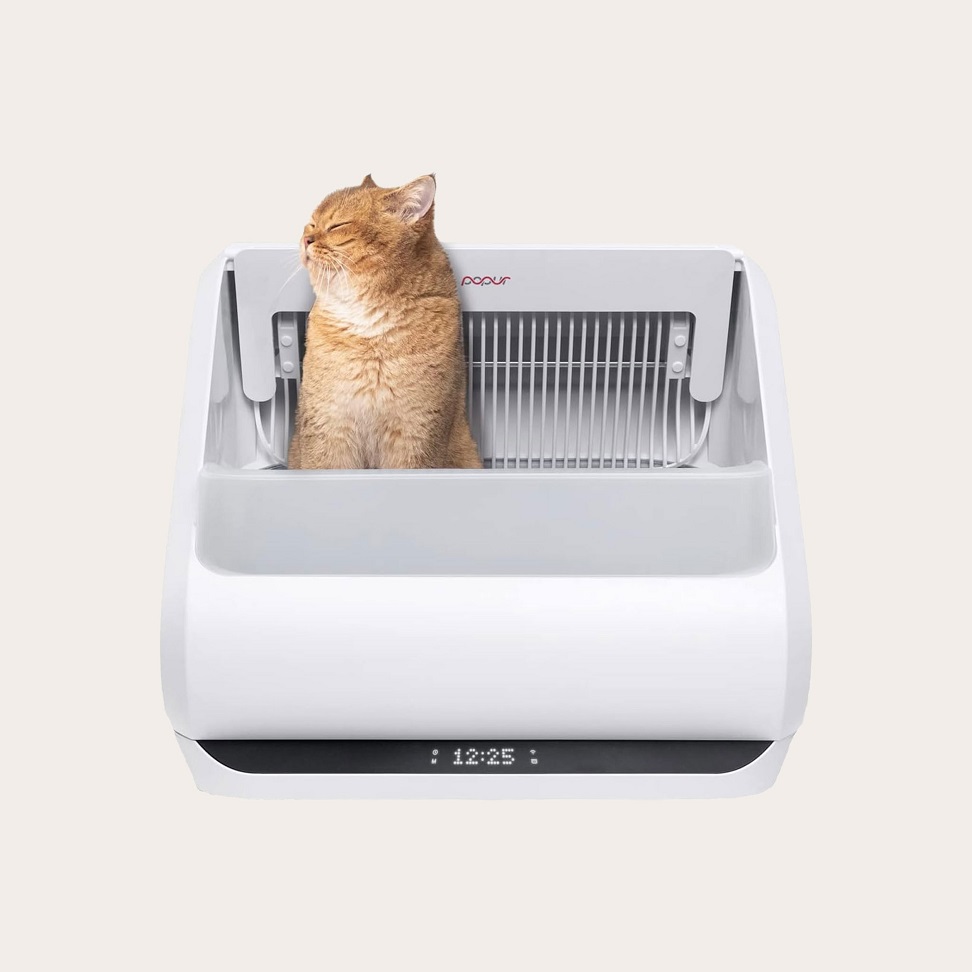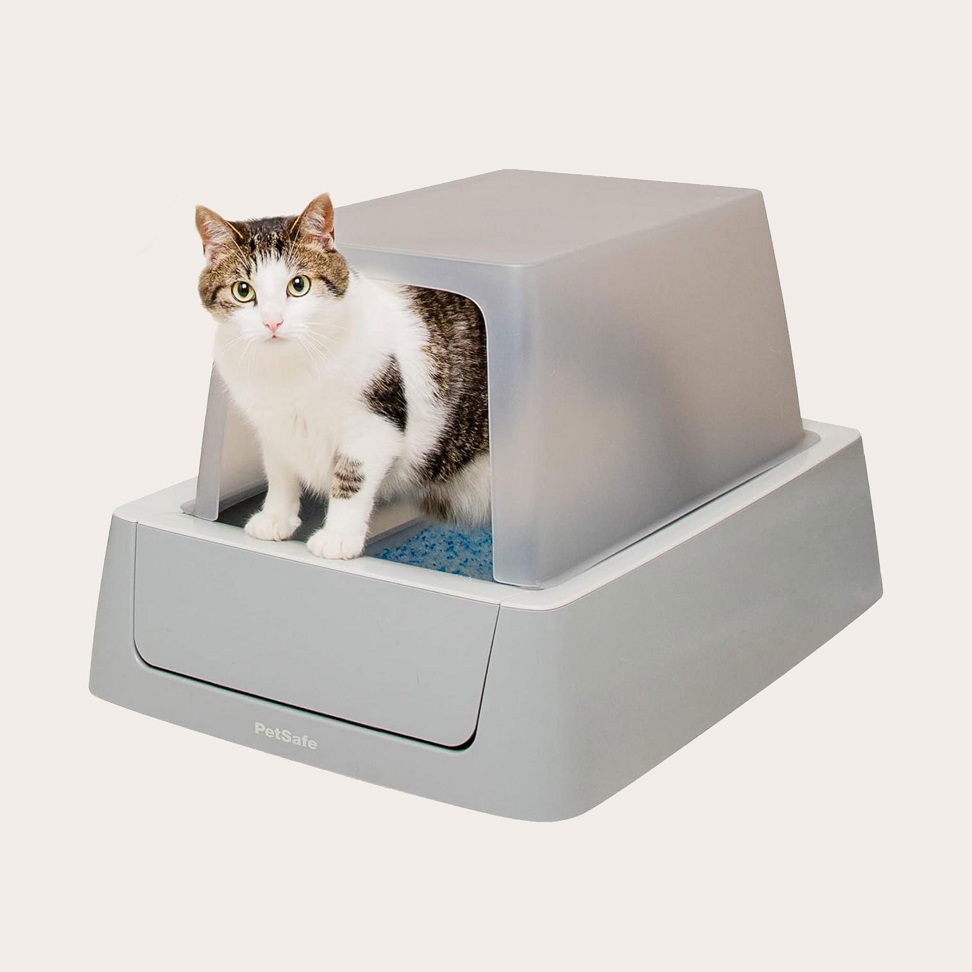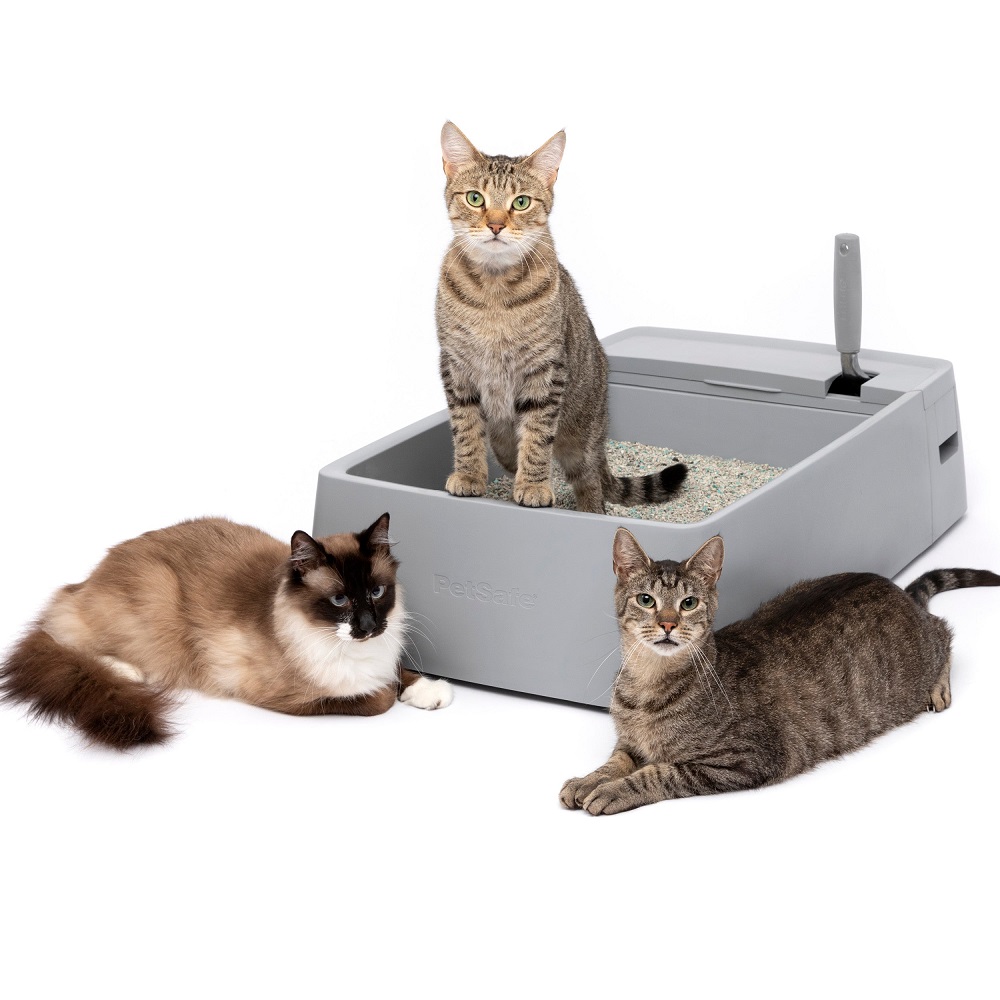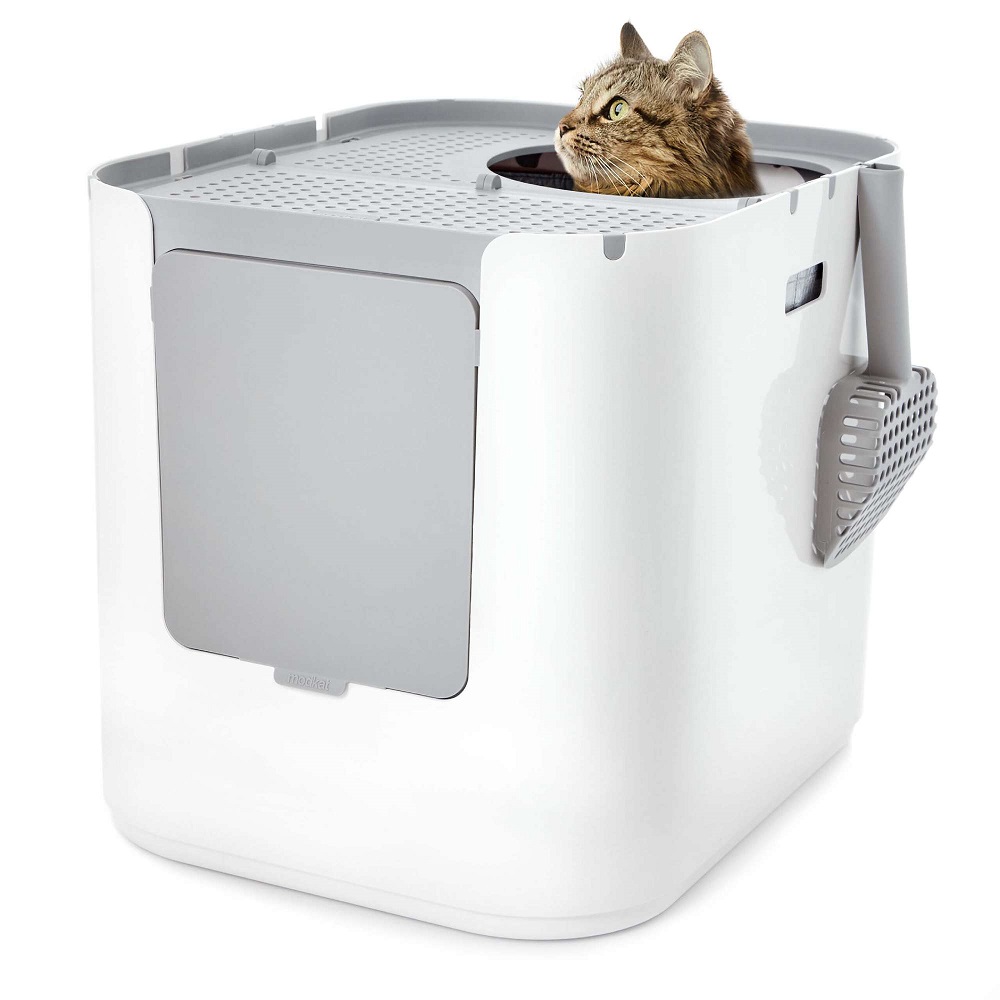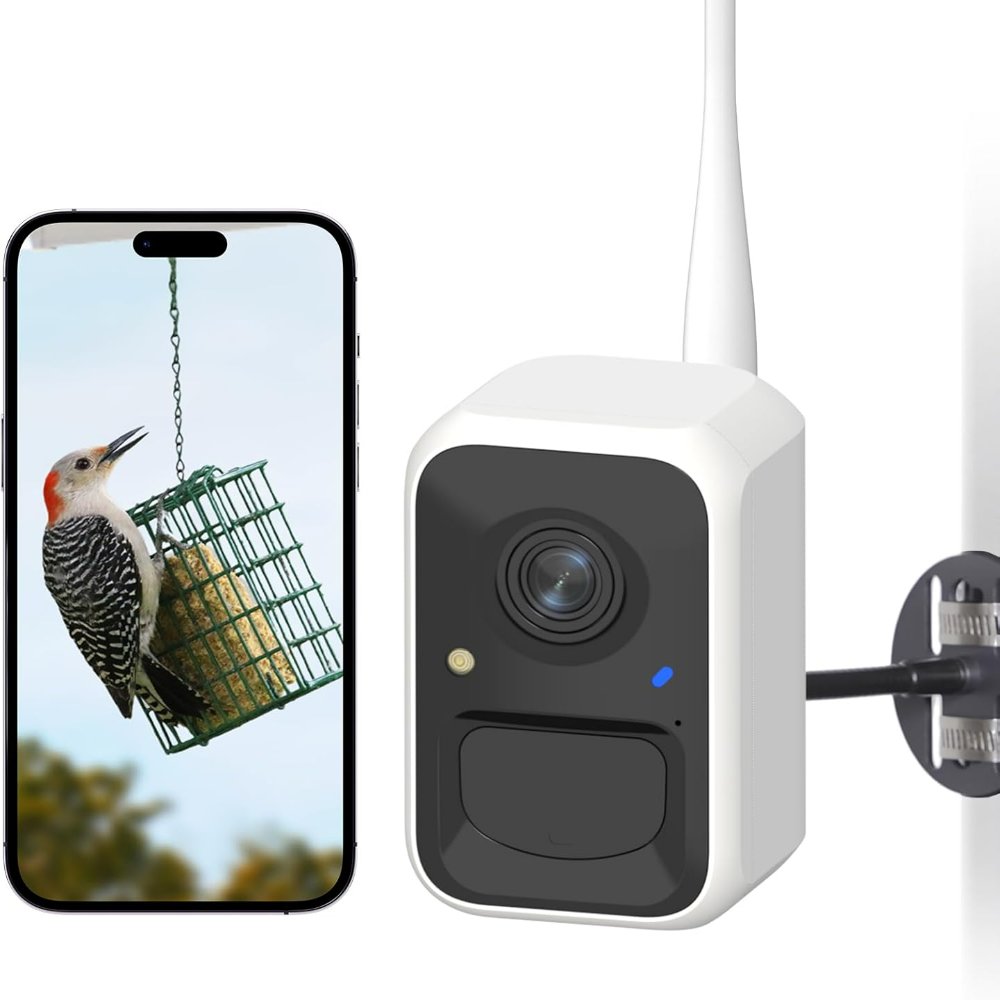Recognizing the Signs of Inappropriate Peeing
Identifying when a cat is peeing outside its litter box is crucial for a swift response. Be on the lookout for wet spots on carpets, furniture, bedding, or other unusual places. You might also notice a strong ammonia-like odor, which is characteristic of cat urine. Cats may choose conspicuous areas to communicate distress or health issues. If you see your cat squatting or straining without producing much urine, this could signal a medical concern. Regular monitoring of your cat’s habits is important. Changes in frequency or location of urination, for instance, need prompt attention. Don’t ignore what might seem like small shifts in behavior; they often point to bigger issues.
The Importance of a Vet Check-Up
When your cat starts peeing outside their litter box, a vet check-up is vital. Cats are masters at hiding pain, so any change in their litter box habits might hint at health issues. Diseases like urinary tract infections, kidney problems, or diabetes could cause this behavior. These conditions can make peeing painful or more frequent, leading your cat to avoid the litter box.
Steps to Take at the Vet
- Communicate your cat’s symptoms: Share all changes in behavior and habits you’ve observed.
- Undergo thorough testing: The vet may run urine tests, blood work, or ultrasounds to diagnose the problem.
- Consider your cat’s age: Older cats might have age-related issues affecting their litter box use.
- Get a comprehensive health evaluation: Sometimes the problem is not just one condition but multiple factors affecting your cat’s health.
- Discuss treatment options: If it’s a medical issue, medication or diet changes can help. Your vet will guide you here.
Remember, a clean bill of health from the vet is just the start. It rules out medical causes for your cat’s behavior. If health isn’t the issue, you’ll move on to examining environmental or behavioral factors that could be affecting your cat. These factors can include the cleanliness of the litter box, its location, and changes in the household that might be stressful for your cat.
Cleaning and Deodorizing Strategies
Eliminate odors and stains promptly after your cat pees outside the litter box. Here are tips for effective cleaning:
- Act Fast: Clean pee spots quickly to prevent lingering odors. The longer it sits, the harder it is to remove.
- Choose the Right Cleaner: Use enzymatic cleaners designed for cat urine. They break down odor-causing molecules.
- Avoid Ammonia-Based Products: These cleaners can actually attract cats to pee in the same spot again.
- Thorough Cleaning: Soak the area well with cleaner, and let it sit for the recommended time before blotting.
- Regular Litter Box Cleaning: Scoop daily and change litter every few weeks to keep it fresh. Wash the box with mild soap and hot water.
- No Punishment: Never punish your cat for accidents. It doesn’t help and can make the problem worse.
Use these strategies to prevent repeat incidents and maintain a clean, welcoming space for your cat.
Litter Box Best Practices
To stop your cat from peeing outside the litter box, follow these litter box best practices:
- Provide Multiple Boxes: Have one more box than cats. If you have two cats, use three boxes.
- Keep Them Clean: Scoop litter boxes daily. Cats prefer a clean place to do their business.
- Regular Changes: Replace old litter every three weeks. Wash boxes with mild soap and water.
- Right Location: Keep boxes away from food and water. Put them in quiet, accessible spots.
- Offer Privacy: Cats like a bit of seclusion. Don’t place the litter box in a high-traffic area.
- Choose Suitable Litter: Some cats prefer certain types of litter. Find one your cat likes.
- Avoid Strong Scents: Cats have sensitive noses. Skip the heavily scented litters and cleaners.
- Box Size Matters: Make sure the box is big enough. Your cat should fit comfortably inside.
- Consider Box Style: Some cats like covered boxes for privacy, others prefer open ones.
- Multiple Levels: For homes with several floors, place a box on each level.
By keeping these litter box practices in mind, you can help your cat feel comfortable and avoid accidents outside the box.
Creating a Stress-Free Environment for Your Cat
Creating a stress-free home can stop your cat from peeing outside its box. Here are simple ways to do it:
- Provide Safe Spaces: Give your cat places to hide and feel secure, like a cat tree.
- Play Often: Play with your cat daily to ease stress and keep them active.
- Quiet please: Keep noise levels down. Cats prefer a calm, quiet environment.
- Routine Rules: Maintain a consistent routine with feeding and playtime. Cats like predictability.
- Avoid Changes: If possible, avoid major changes in the home that can unsettle your cat.
- Attention and Affection: Give your cat love and attention, but respect their space too.
Remember, a happy cat is more likely to use its litter box correctly. Follow these tips for a stress-reduced space for your feline friend.
Pheromone Products and Their Effectiveness
Pheromone products can ease your cat’s stress and stop them from peeing outside the litter box. These products mimic natural cat pheromones that signal safety and calmness. They come as diffusers, sprays, or collars, offering different ways to deliver comfort.
How Pheromones Work
Pheromones are invisible chemicals that cats use to communicate. When cats rub their cheeks on furniture or walls, they release facial pheromones. These natural pheromones tell the cat, ‘This is a safe zone.’
Types of Pheromone Products
- Diffusers disperse calming chemicals into the air. Plug them in near your cat’s favorite spots.
- Sprays target specific areas where your cat has peed. They can be applied directly to these spots.
- Collars release pheromones as your cat wears them, providing continuous comfort.
Their Effectiveness
Many cat owners see a noticeable change within a week. However, not all cats respond the same way. If you don’t see improvement, it might be time to try another solution.
Remember, while pheromone products can help, they are often most effective when combined with other steps, like those outlined earlier in this blog. This multi-faceted approach helps ensure the best chance of stopping your cat from peeing outside the litter box.
Managing Behavioral Issues and Anxiety
Behavioral issues in cats, like peeing outside the litter box, can arise from anxiety. A routine change, new pet, or move may trigger this. Look at your cat’s life and spot any recent shifts. Have you changed their food or your work hours? Maybe introduced a new family member? Such changes impact cats deeply. Managing your cat’s anxiety helps curb unwanted peeing. Consider these steps to address behavior and ease stress:
- Keep Routines: Stick to a consistent schedule for feeding and play.
- Provide Enrichment: Offer toys and activities. Bored cats may act out.
- Consider Cat Furniture: Items like cat trees offer safe spaces to retreat to.
- Create Calm: Keep your home quiet. Loud noises can scare cats.
- Seek Professional Help: Sometimes, expert advice is needed. A vet or cat behaviorist can offer guidance.
Reducing stress with these methods often reduces behavior problems. Give them time to adjust to any change. Observe your cat’s response and modify your approach if needed. Pheromone products could also help, as mentioned earlier. Be patient and understanding with your feline friend. With time and care, you can help stop your cat from peeing outside their litter box.
Addressing Intercat Aggression and Bullying
When cats share a space, sometimes aggression and bullying can occur. This often leads to stress-related behaviors like peeing outside the litter box. It’s vital to address these problems early. Here are actionable steps to manage intercat aggression:
- Observe Interactions: Watch how your cats interact. Look for signs of bullying during their encounters.
- Create Separate Spaces: Give each cat its own area with food, water, and a litter box.
- Introduce Safe Zones: Use cat trees, shelves, or boxes to create safe spaces that are off the ground.
- Positive Reinforcement: Reward peaceful behavior with treats or praise to encourage harmony.
Break Up Cat Fights Safely
When you notice a fight, it’s important to intervene safely:
- Make a Loud Noise: Clap your hands or bang pots to distract and stop the fight.
- Do Not Handle Directly: Cats are likely to scratch or bite if grabbed during a fight.
Reduce Competition for Resources
Competition for resources can lead to bullying. To lessen this:
- Multiple Litter Boxes: Place several litter boxes around your home to prevent territorial disputes.
- Eat Apart: Feed your cats in different areas to reduce tension during meal times.
- Personal Items: Ensure each cat has its own bed and toys.
With patience and careful management, you can reduce cat conflict and stop them from peeing outside the box.
